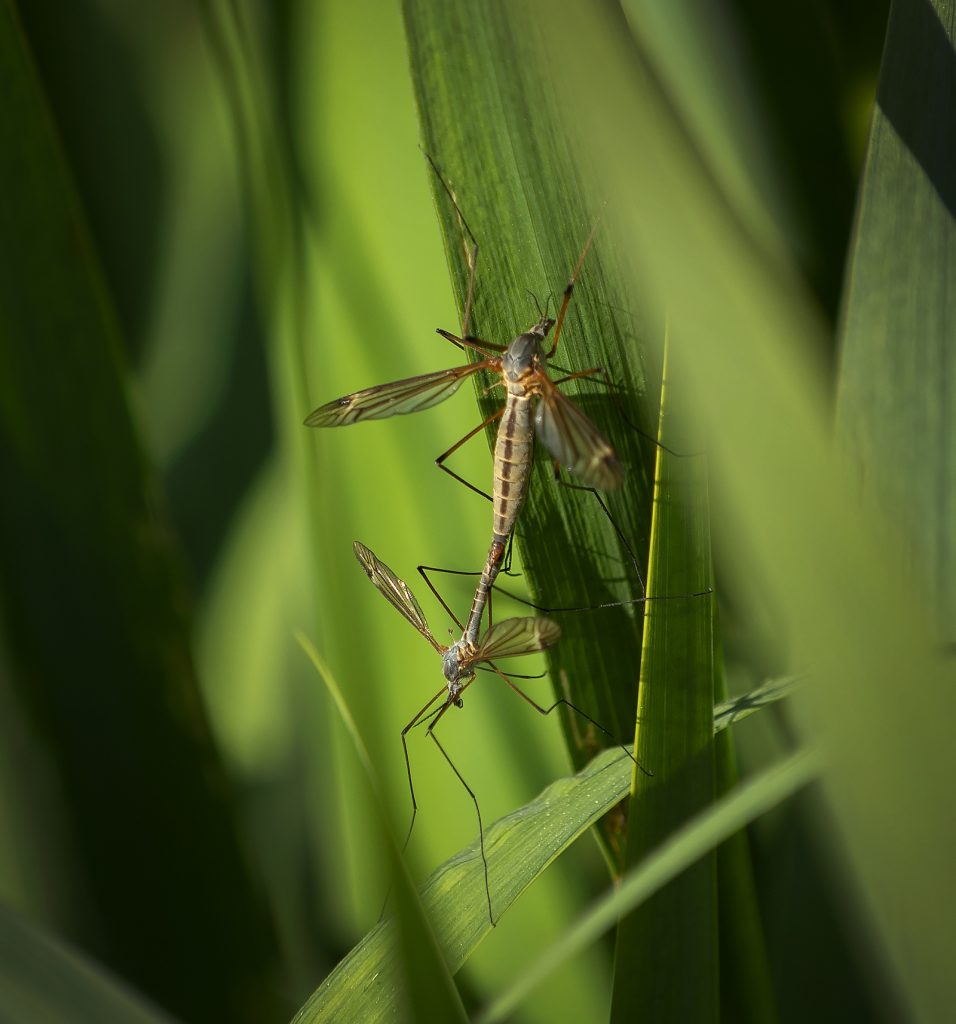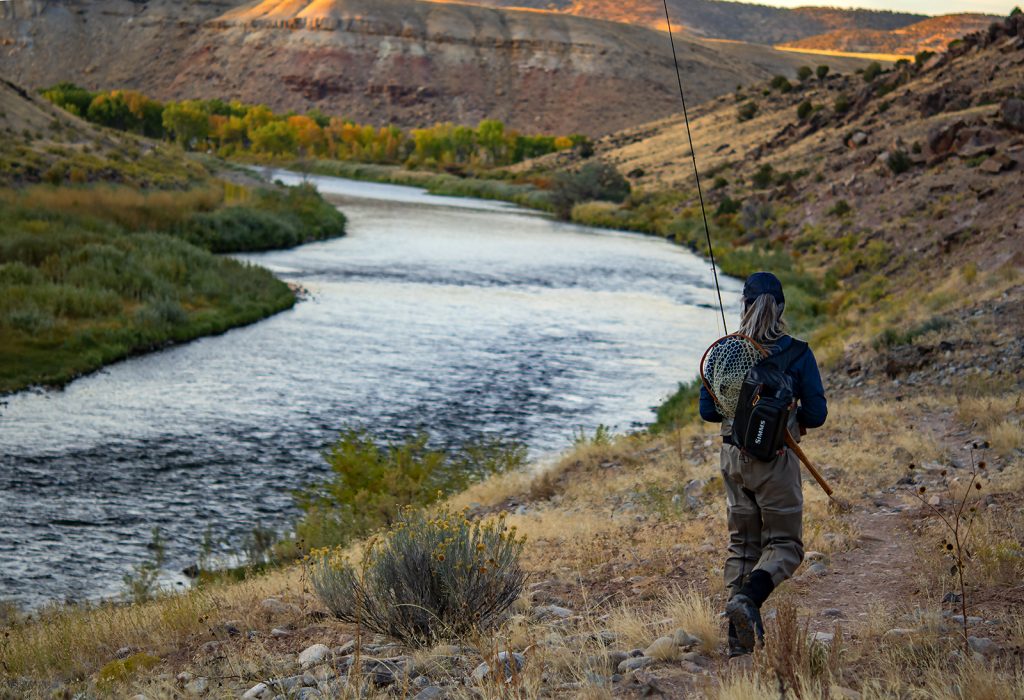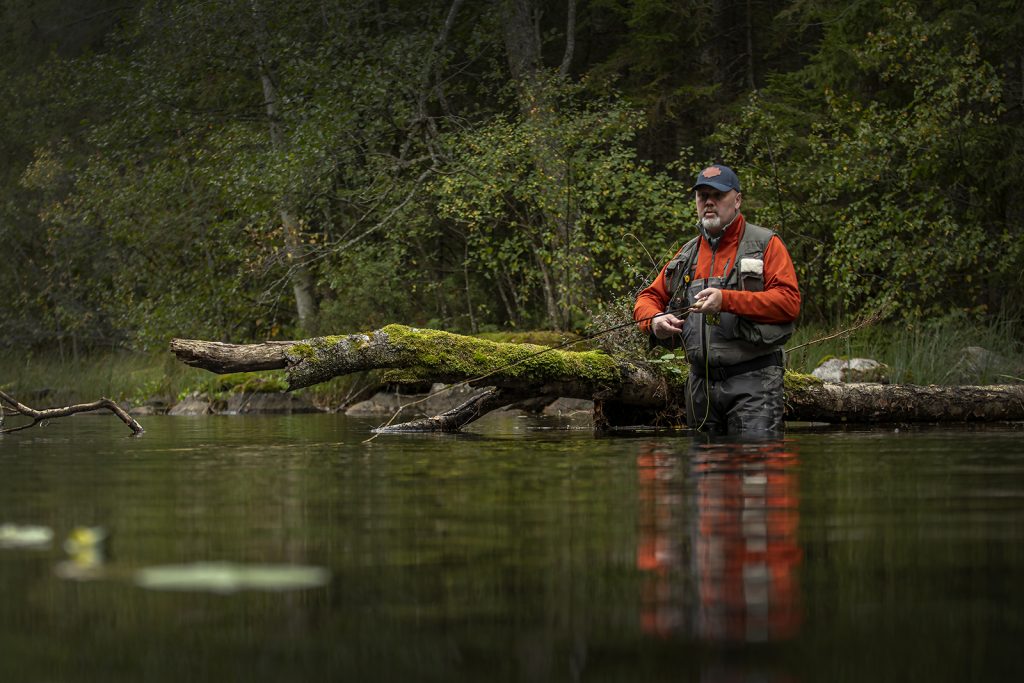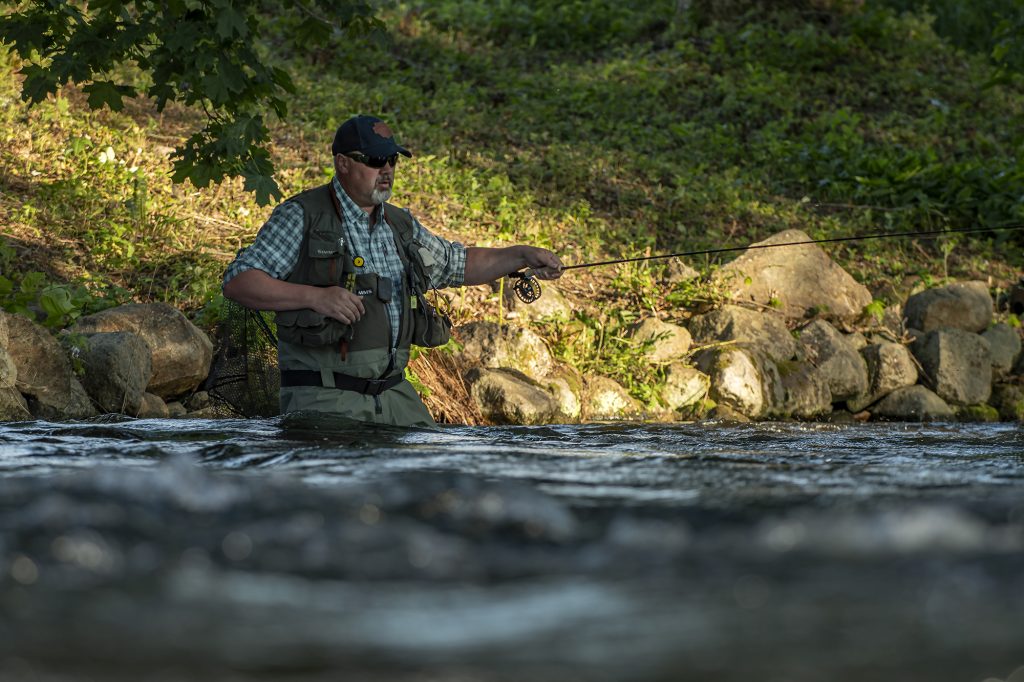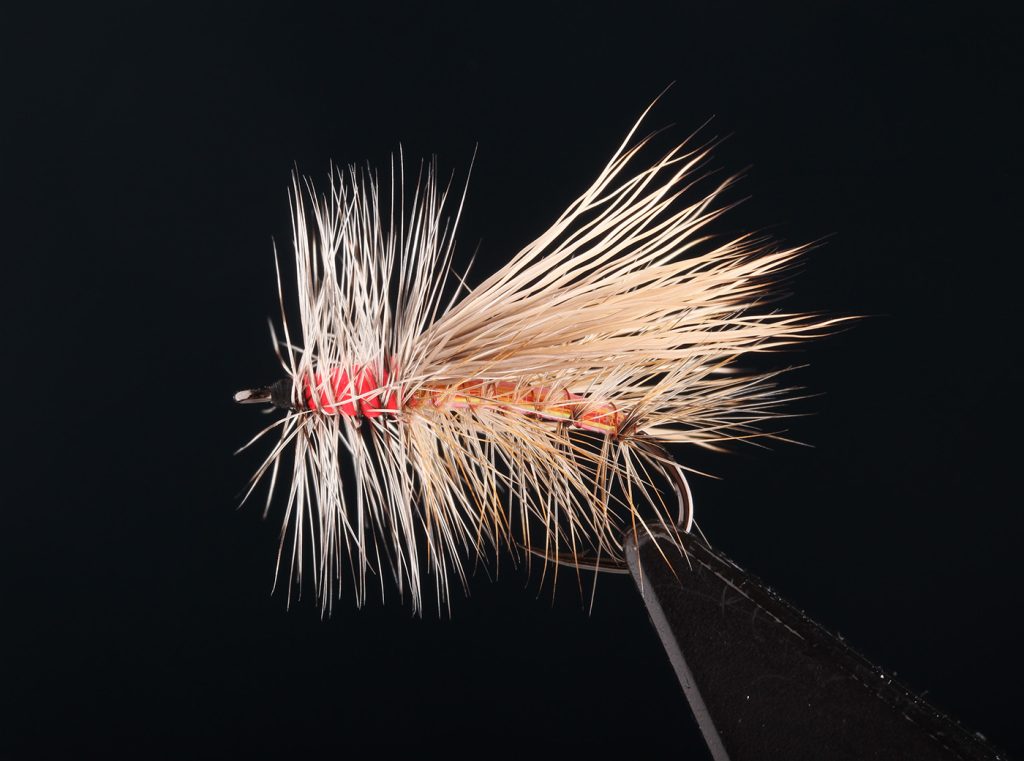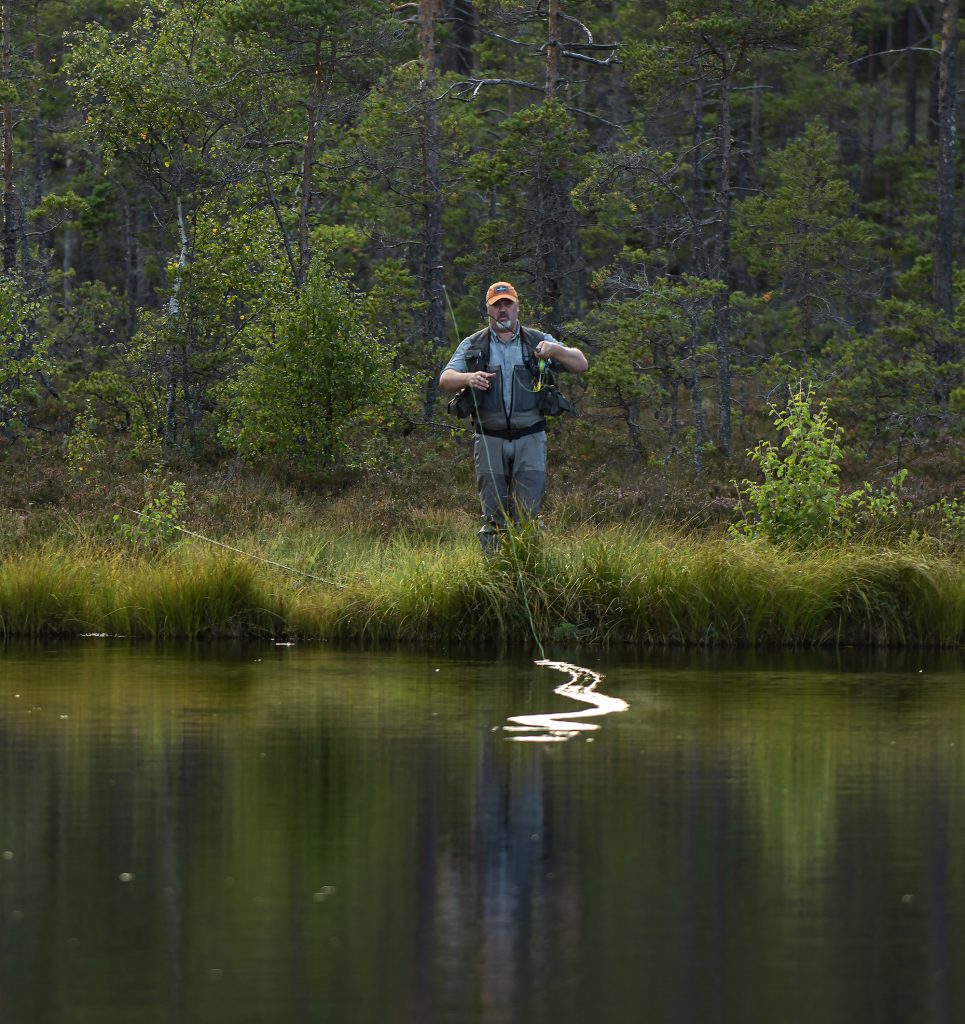
XL size caddisflies whet the appetite and curiosity of many trout. Even when insects are sparse on the surface, a stripped Grandis can be a winner on the river or trout lake. Here, renowned Swedish fly tyer Håkan Karsnäser explains how to tie his popular dry fly treat.
By Peter Lyngby
(this artickle has been published in the danish magazine “Sportsfiskeren” and the online magazine “In The Loop Magazine
Continue reading “A floating treat”

